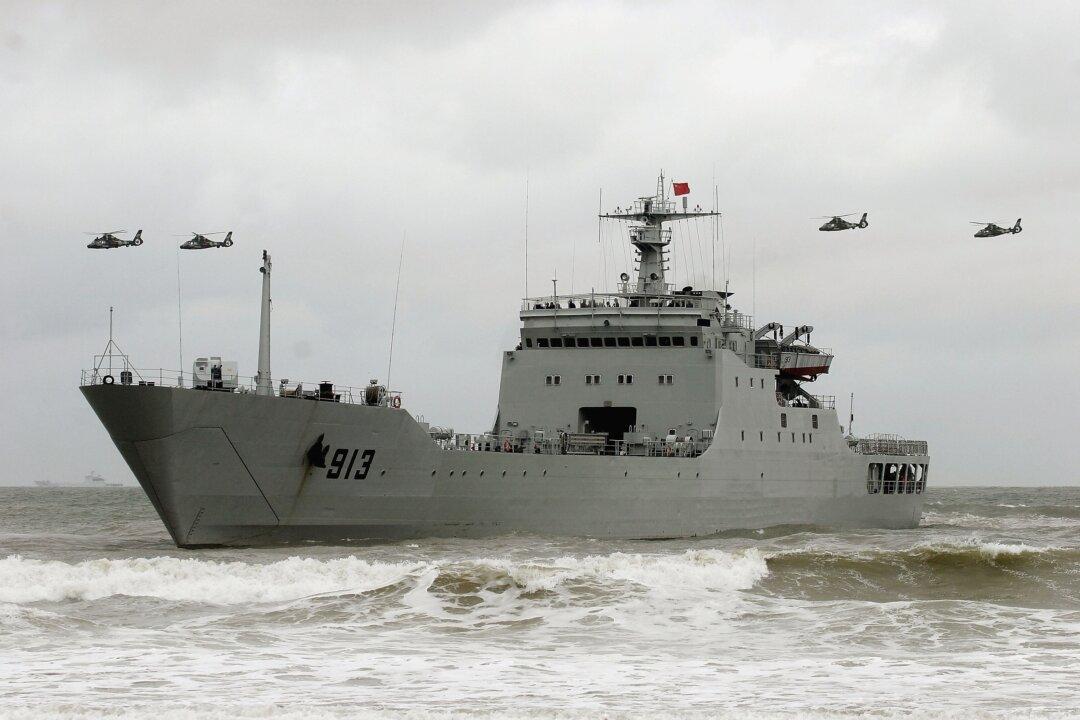Commentary
The recently published U.S. Department of Defense (DOD) “China Power” report provides a detailed description of the Chinese regime’s military, capabilities, and likely objectives.

The recently published U.S. Department of Defense (DOD) “China Power” report provides a detailed description of the Chinese regime’s military, capabilities, and likely objectives.